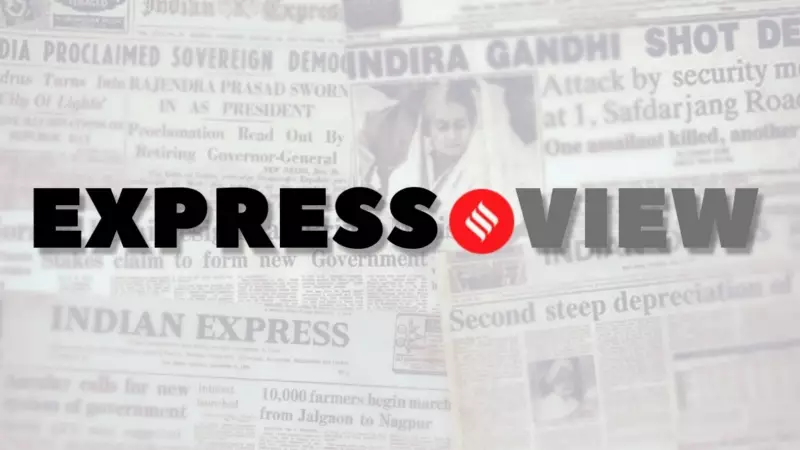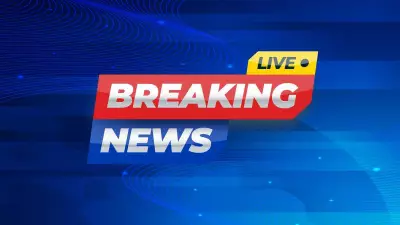
US President Donald Trump's proposed 28-point strategy to end the war in Ukraine presents substantial concessions to Russia, crossing Kyiv's fundamental red lines and creating a complex diplomatic landscape for global powers, including India.
The Trump Peace Plan: Key Concessions to Russia
The comprehensive plan, drafted by Trump's special envoy Steve Witkoff and Kirill Dmitriev, a close ally of Russian President Vladimir Putin, was reportedly prepared without consulting Ukraine or European allies. This aligns with Trump's characteristic unilateral approach to deal-making.
The proposal's first sub-point under item 21 explicitly states that Crimea, Luhansk, and Donetsk will be recognised as de facto Russian territories, including by the US. This formalises the stance Trump voiced in mid-October when he urged Kyiv and Moscow to stop fighting and proposed ending the conflict by allowing the Russian-controlled Donbas region to remain as is.
Other significant concessions within the plan include barring Ukraine from joining NATO, deliberately reducing its military capacity, and lifting international sanctions on Russia. The plan also paves the way for Russia's reintegration into the global economy through the G8. These positions closely mirror Moscow's maximalist demands articulated since its full-scale invasion began.
A Weakened Ukraine and a Pro-Russia US Stance
Two critical realities underpin this development. First, Ukraine finds itself in a significantly weakened position. Russia has intensified its air strikes, and a major corruption scandal has engulfed President Volodymyr Zelenskyy's government in Kyiv.
Zelenskyy's cautious response to the proposal—indicating he is ready for constructive and honest work—reflects this fragility. Second, Trump is arguably the most pro-Russia US President since the Cold War, and he is pressing forward with his bid to reset Washington-Moscow relations. This move risks emboldening Putin further and leaves European nations feeling more insecure as Russia edges closer to their eastern flank.
This shift is particularly stark given that, simultaneously, Trump's administration is imposing sanctions on Russia's largest oil firms effective from November 21, creating a contradictory policy approach.
India's Diplomatic Tightrope and Economic Penalty
For India, the prospect of rival superpowers warming up to each other is a sobering development. This comes at a time when New Delhi is already facing direct economic pressure from the United States.
India now confronts an additional 25 per cent US tariff as a penalty for its continued purchases of Russian crude oil. This places Delhi in a delicate position, forcing it to navigate the US-Russia binary with extreme care. The Indian government's challenge is to continue deepening its crucial strategic partnership with the US while simultaneously preserving its long-standing and vital defence ties with Russia.
The next significant milestone in this complex diplomatic balancing act will be President Vladimir Putin's upcoming visit to India. This meeting is poised to be a critical test of India's ability to maintain its strategic autonomy amidst rapidly shifting global alliances.





